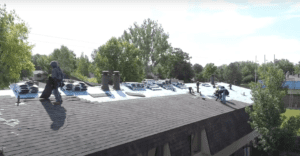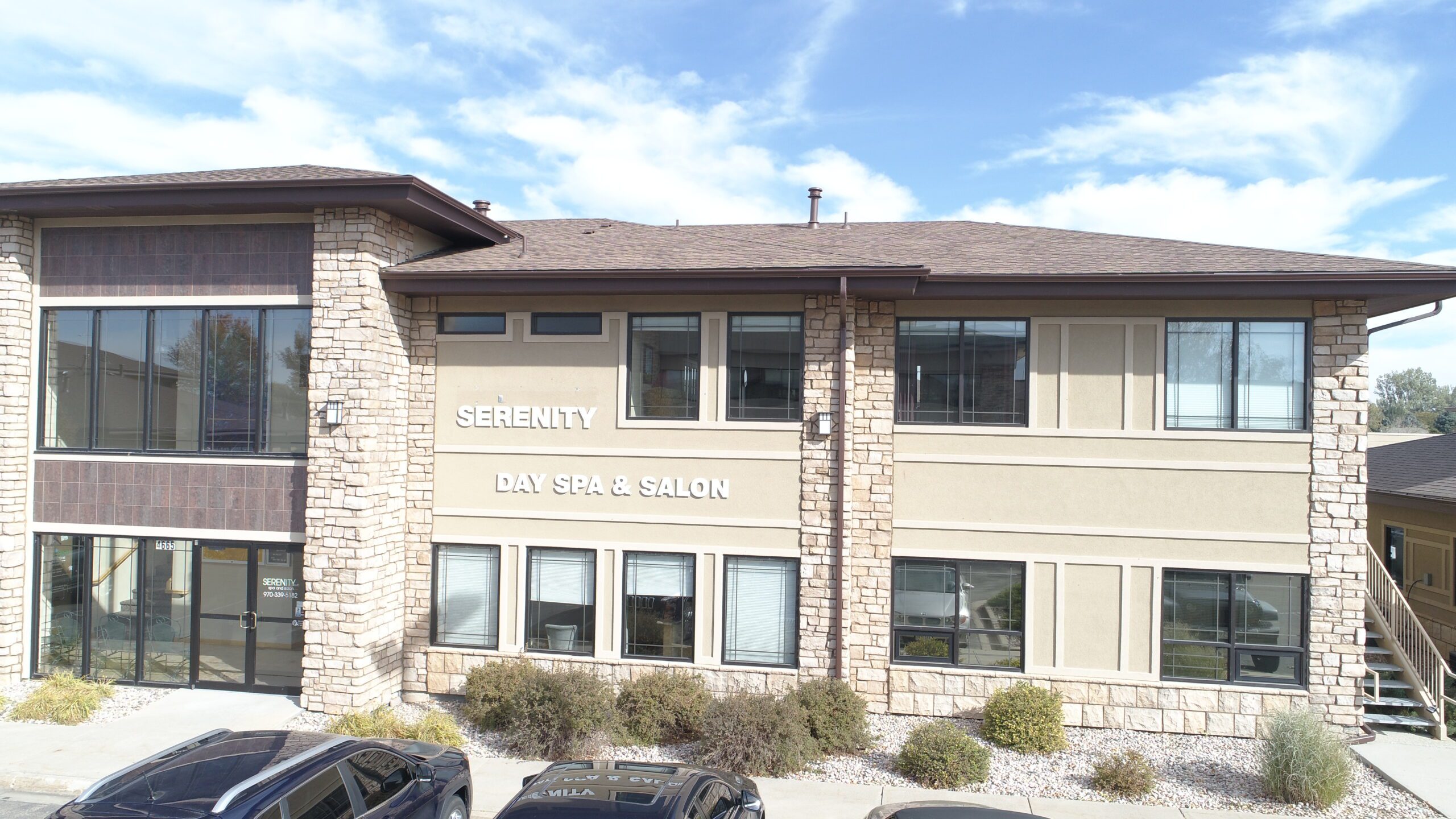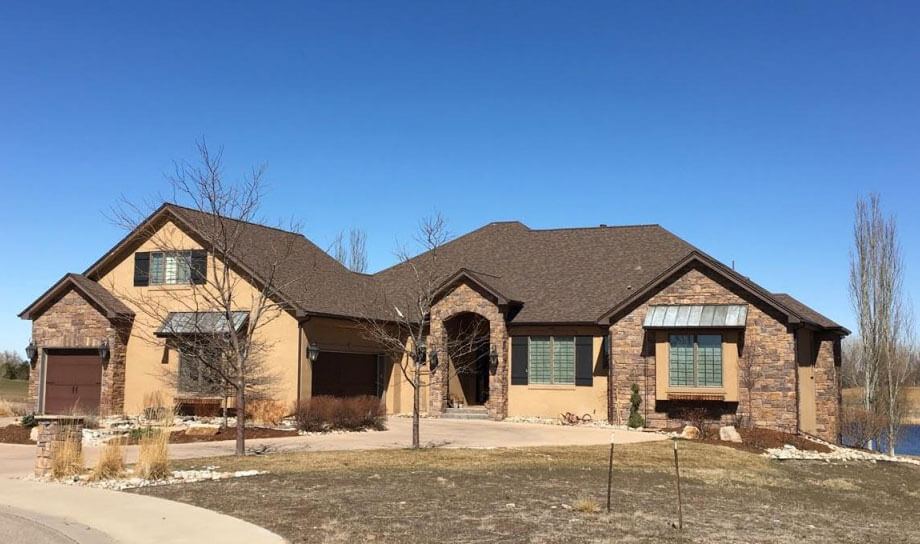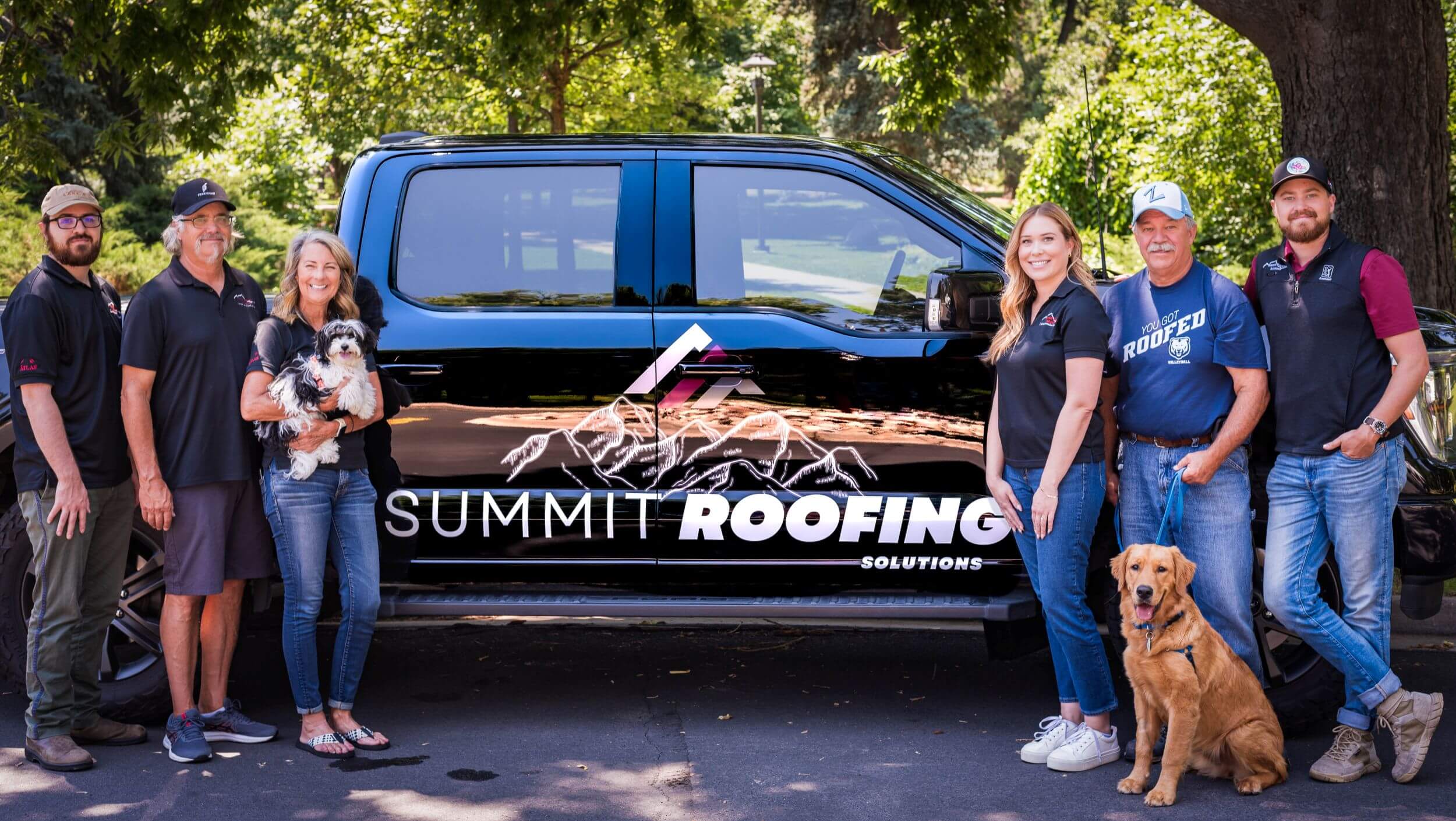If a roof leak isn’t creating a waterfall in your kitchen when it rains, you might not notice the damage until it’s too late. Prevent roof rotting or catastrophic leaks with regular inspections. Your roof should be inspected professionally every 3 years, but you should also check it throughout the year to ensure you don’t need to be repairing a roof leak.
Repairing a roof leak can be simple if you know what problem areas to look at. Here are the top spots to check when looking for leaks:
- Caulking: Gaps in your roof’s caulking mean that those parts of the roof are exposed to the elements. If the affected area is small, repairing the leak requires removing the old caulk and re-sealing it with new caulk.
- Shingles: Damage to your roof’s shingles can lead to even bigger problems – like roof leaks. Torn or missing shingles should be replaced to repair a roof leak. For more information on repairing or replacing shingles, click here.
- Flashing: The seams where different portions of the roof meet are particularly vulnerable to leaks. Be sure all flashing is secure and without damage to prevent or repair roof leaks.
- Venting and Accessories: Anything that interrupts the surface of the roof is a prime location for a leak. Check the areas around vents and TV antennas to be sure they don’t allow moisture into the vulnerable parts of your roof. And, if you remove an old antenna or satellite dish, be sure to close up and seal any holes to prevent future leaks.
- Branches and leaves: Keep your roof clear of any natural debris from storms – including leaves, twigs, and tree branches. These items prevent water from running off the roof, whether they’re on its surface or in the gutters. To prevent roof leaks, keep moisture away from your roof with clean surfaces and gutters.

Other problems might require professional attention. Old roofs are particularly prone to leaks from typical wear and tear over the years and require extra attention and care. In cases of mold or rot with an old roof, it might be necessary to completely replace the roof to avoid a major leak. Inefficient water runoff can also lead to roof leaks – if the pitch of your roof isn’t high enough or if water is draining off one part of the roof onto a lower part, leaks are just waiting to happen. When in doubt, consult a professional to prevent or repair roof leaks.





